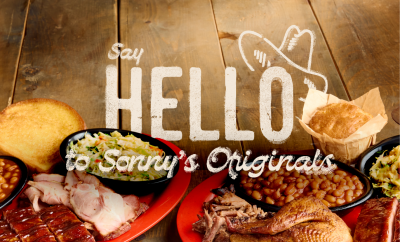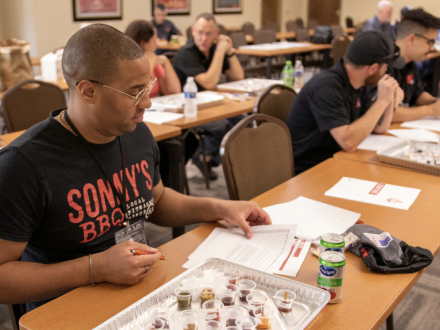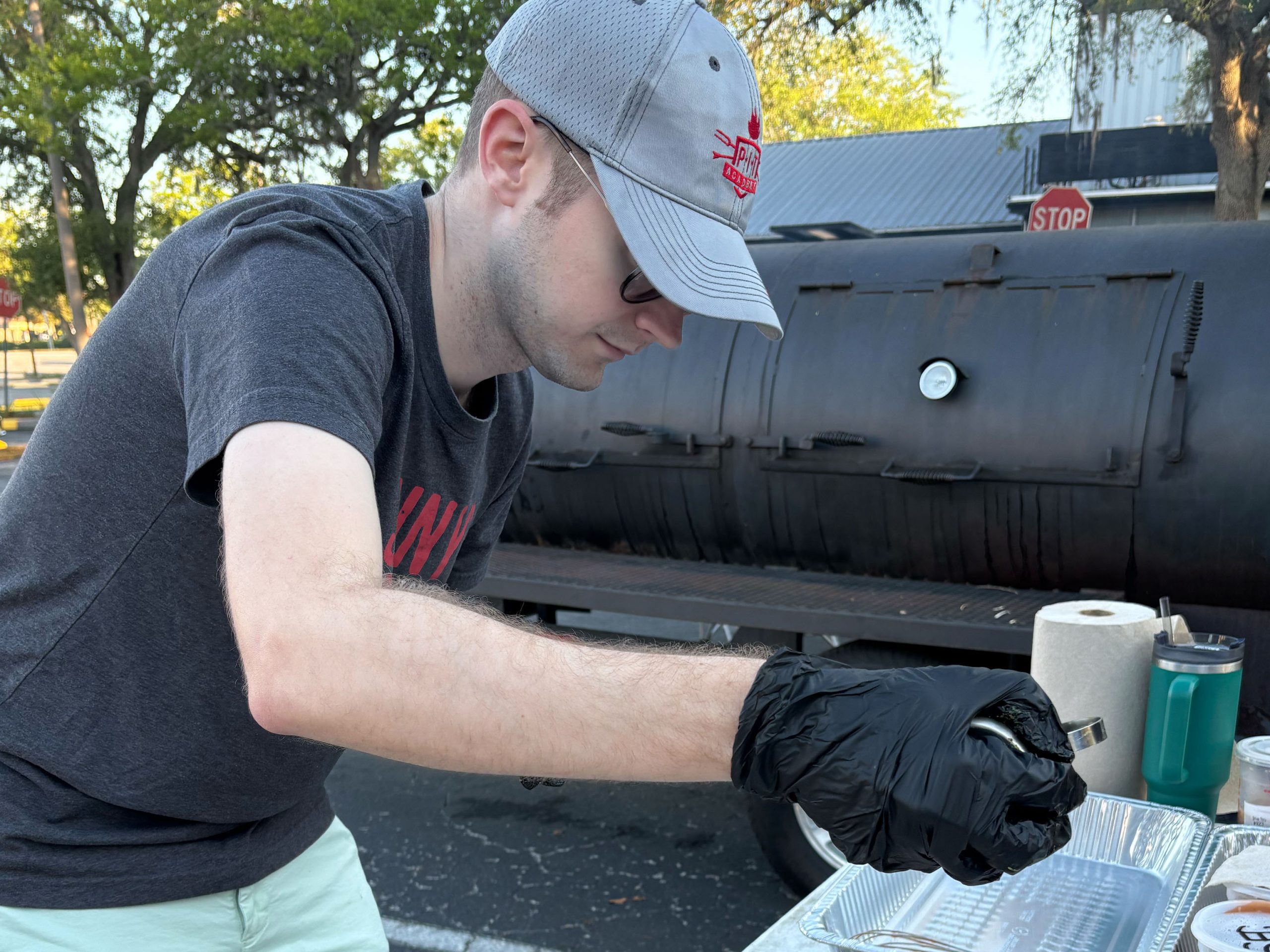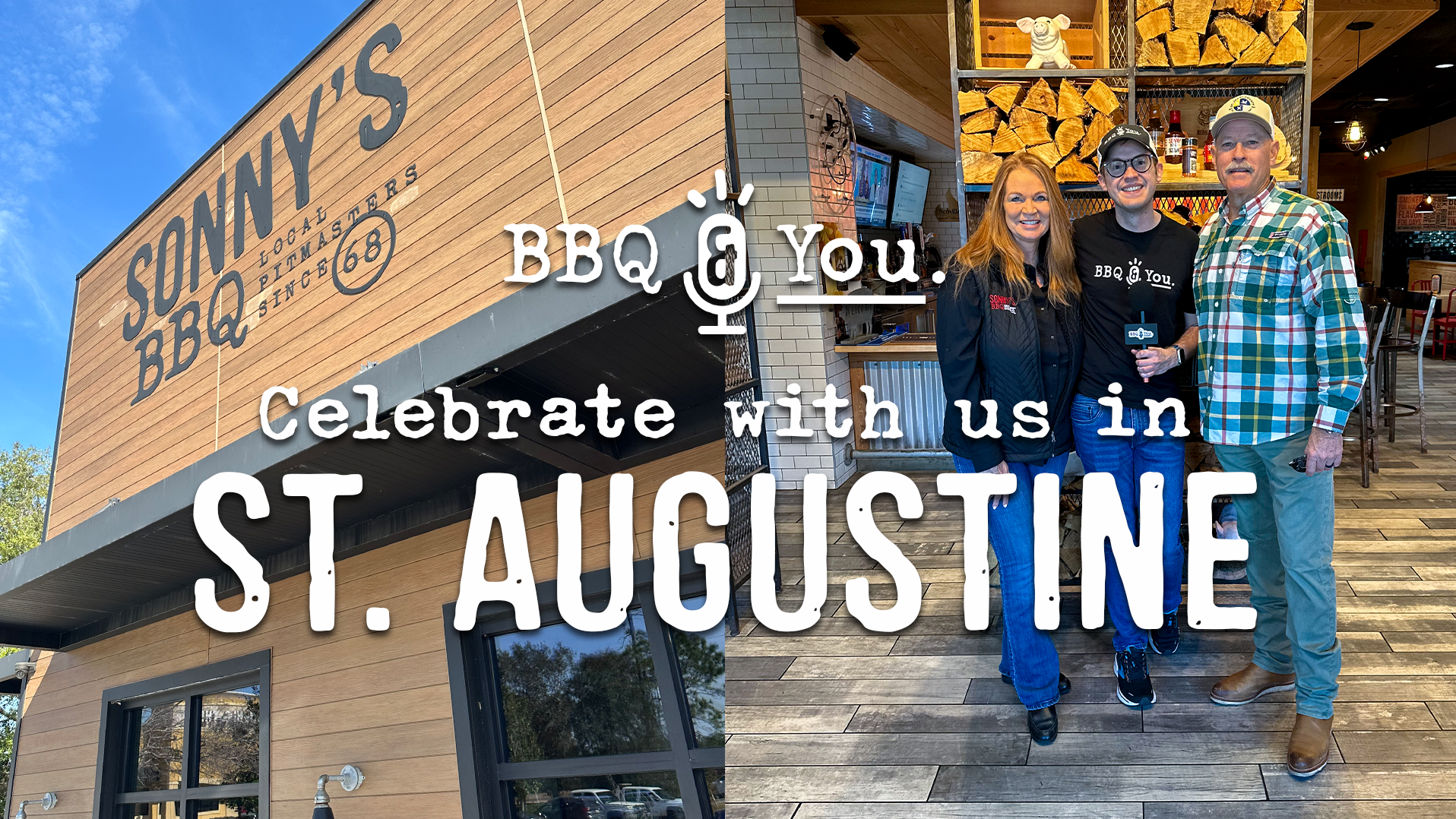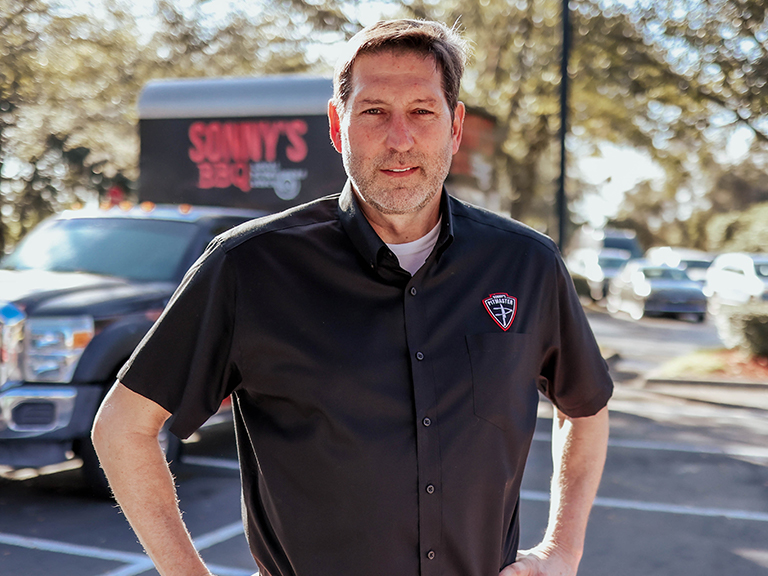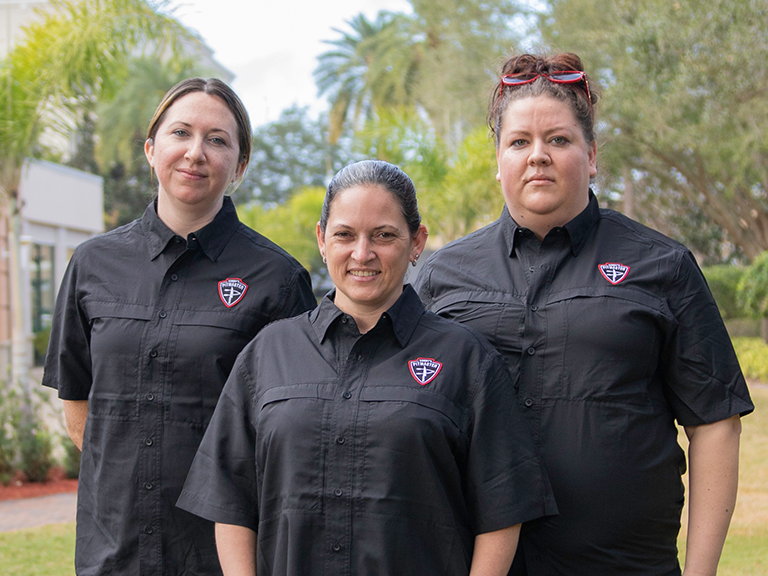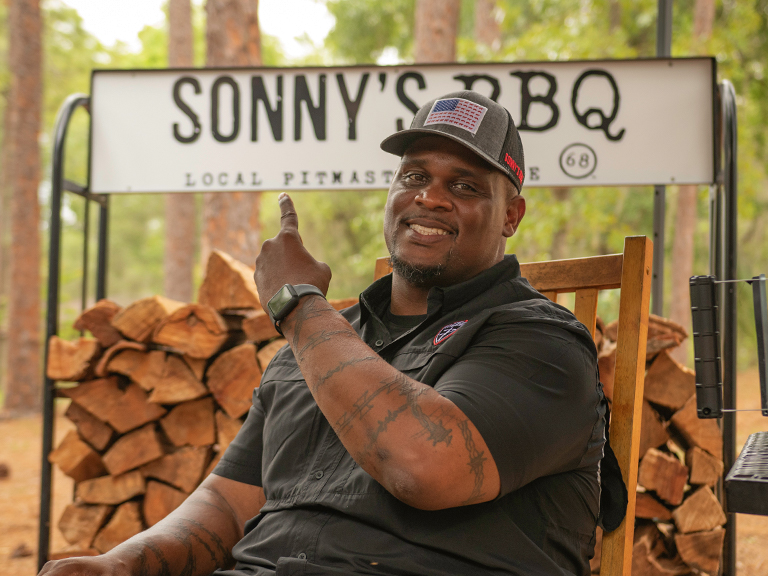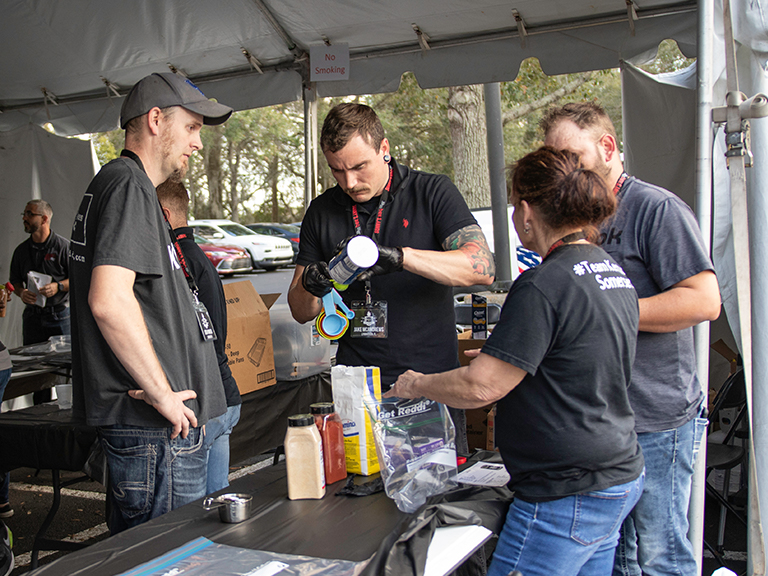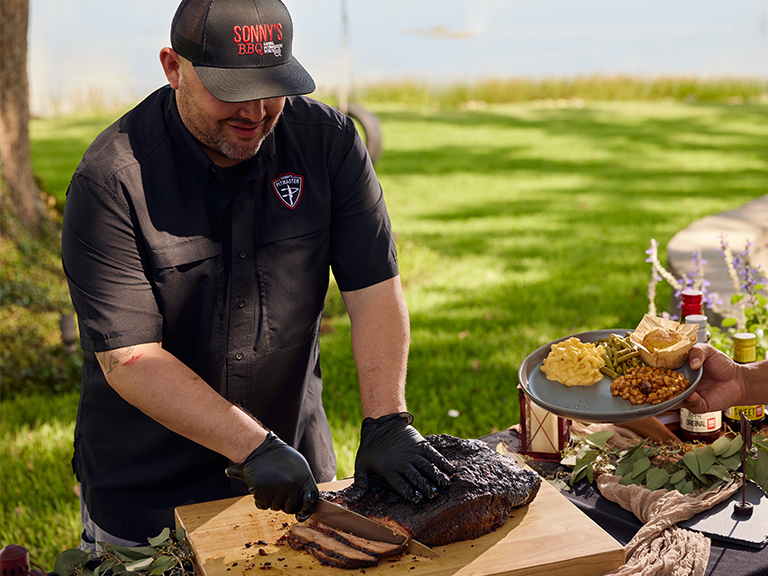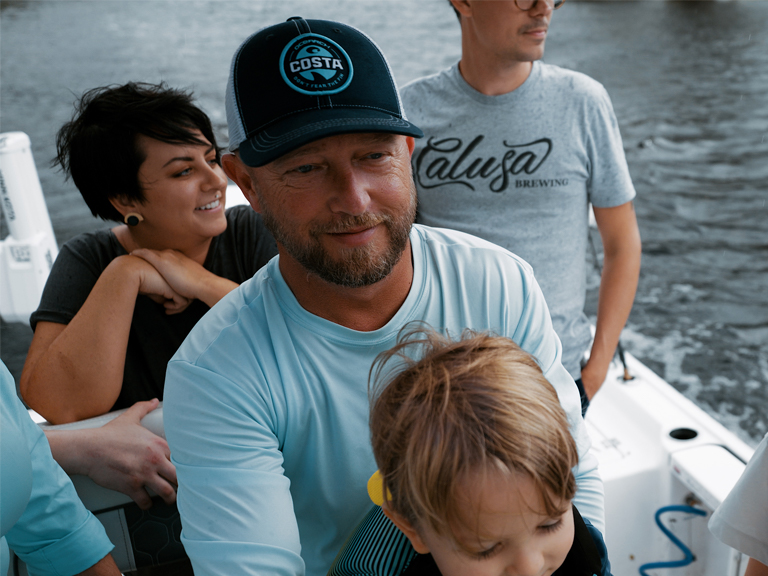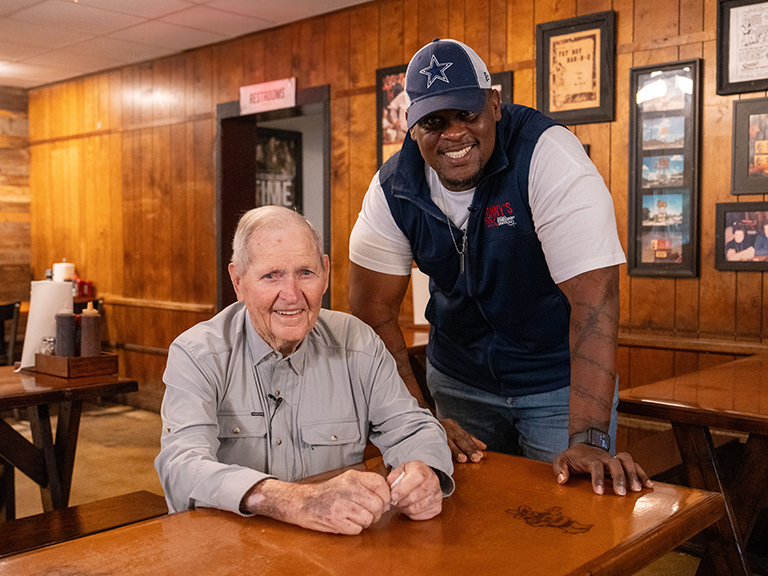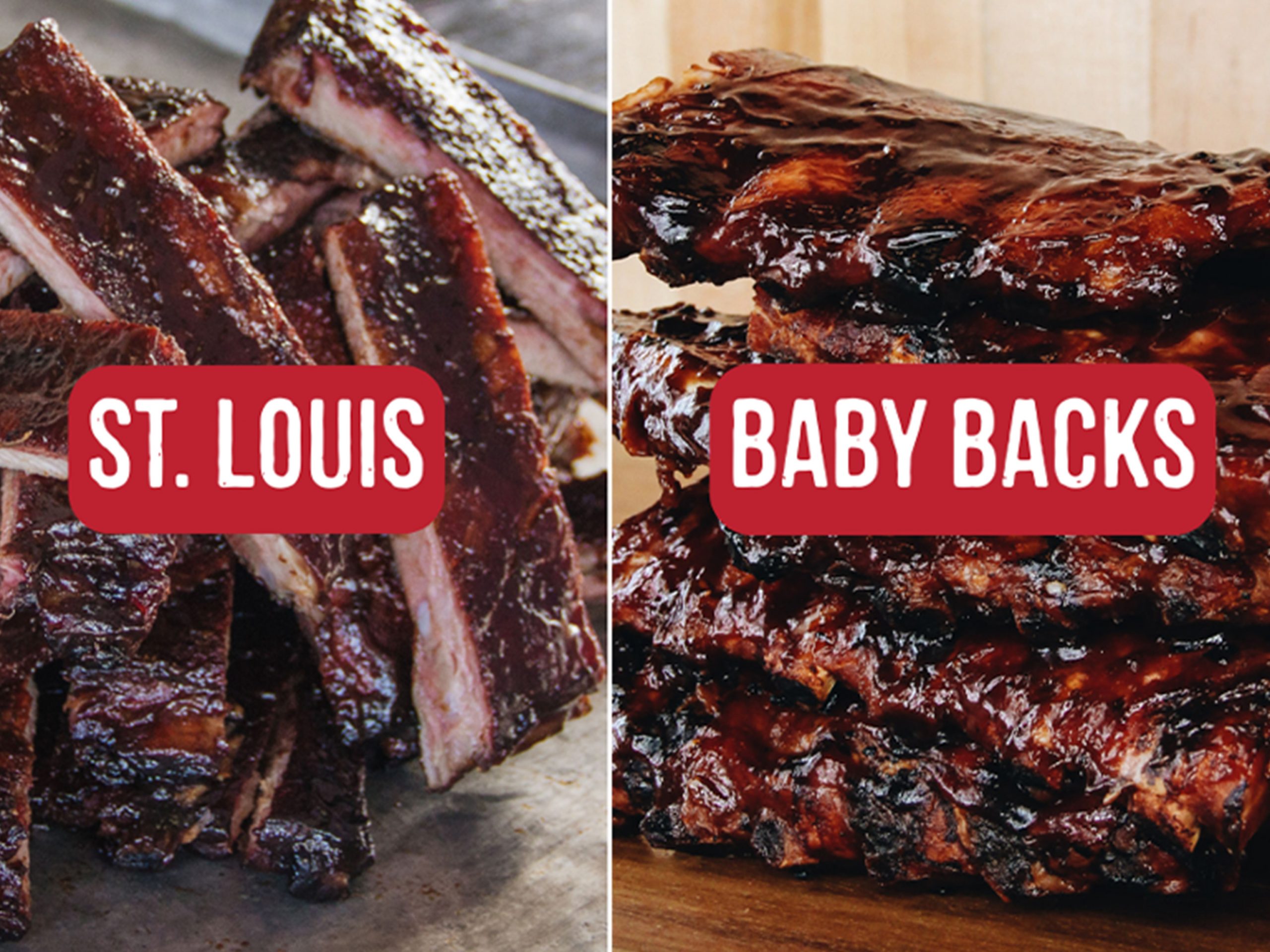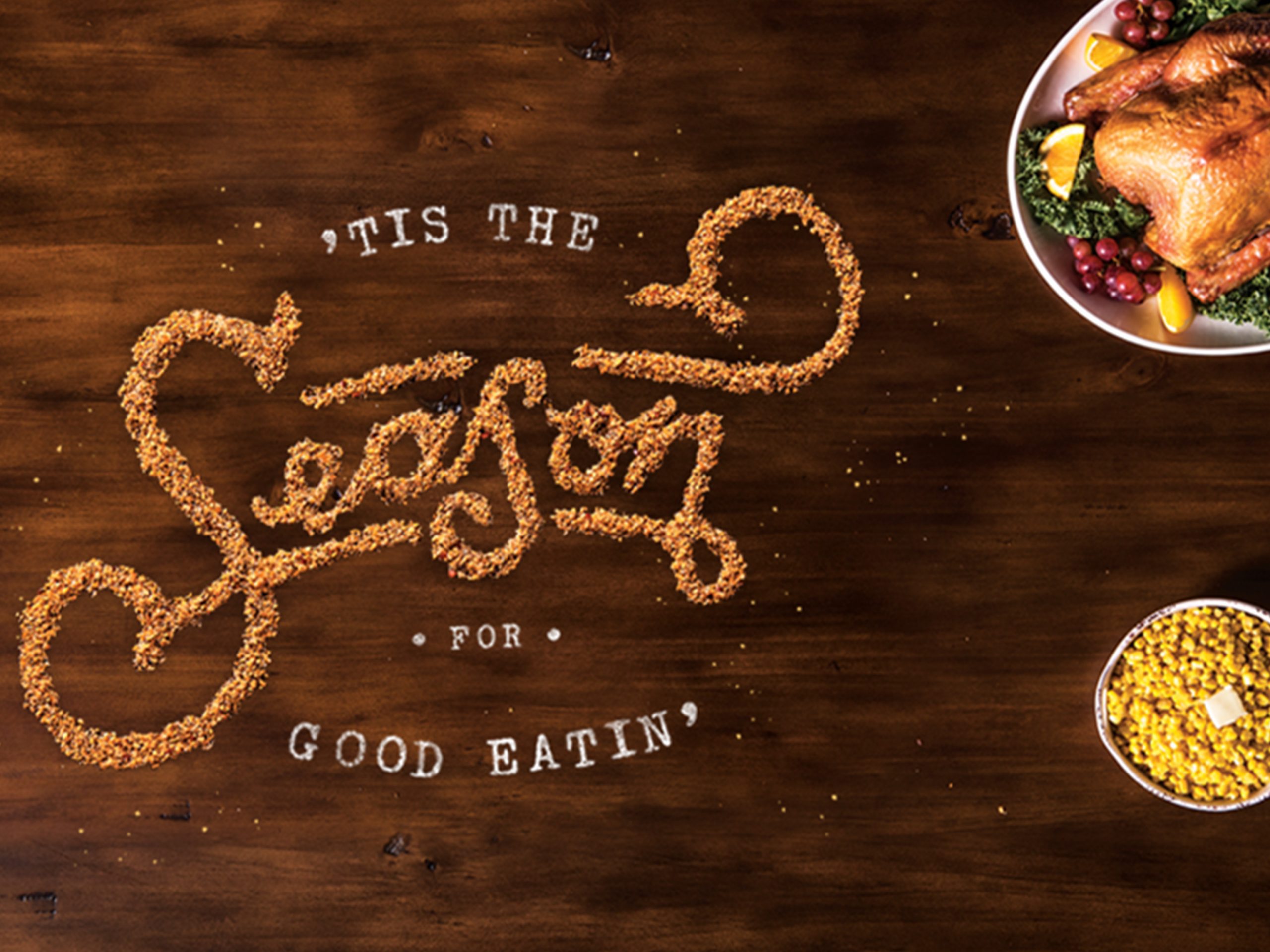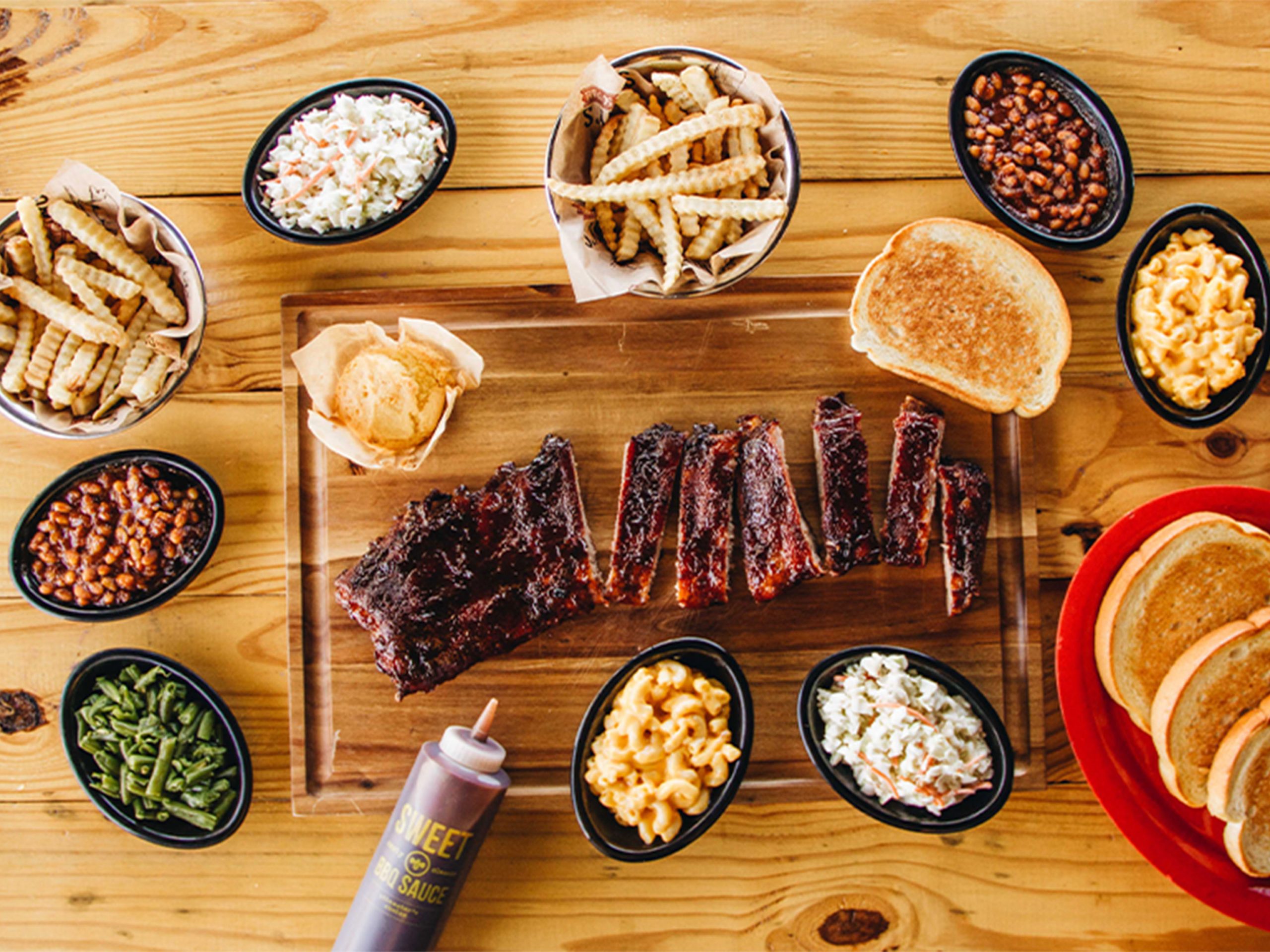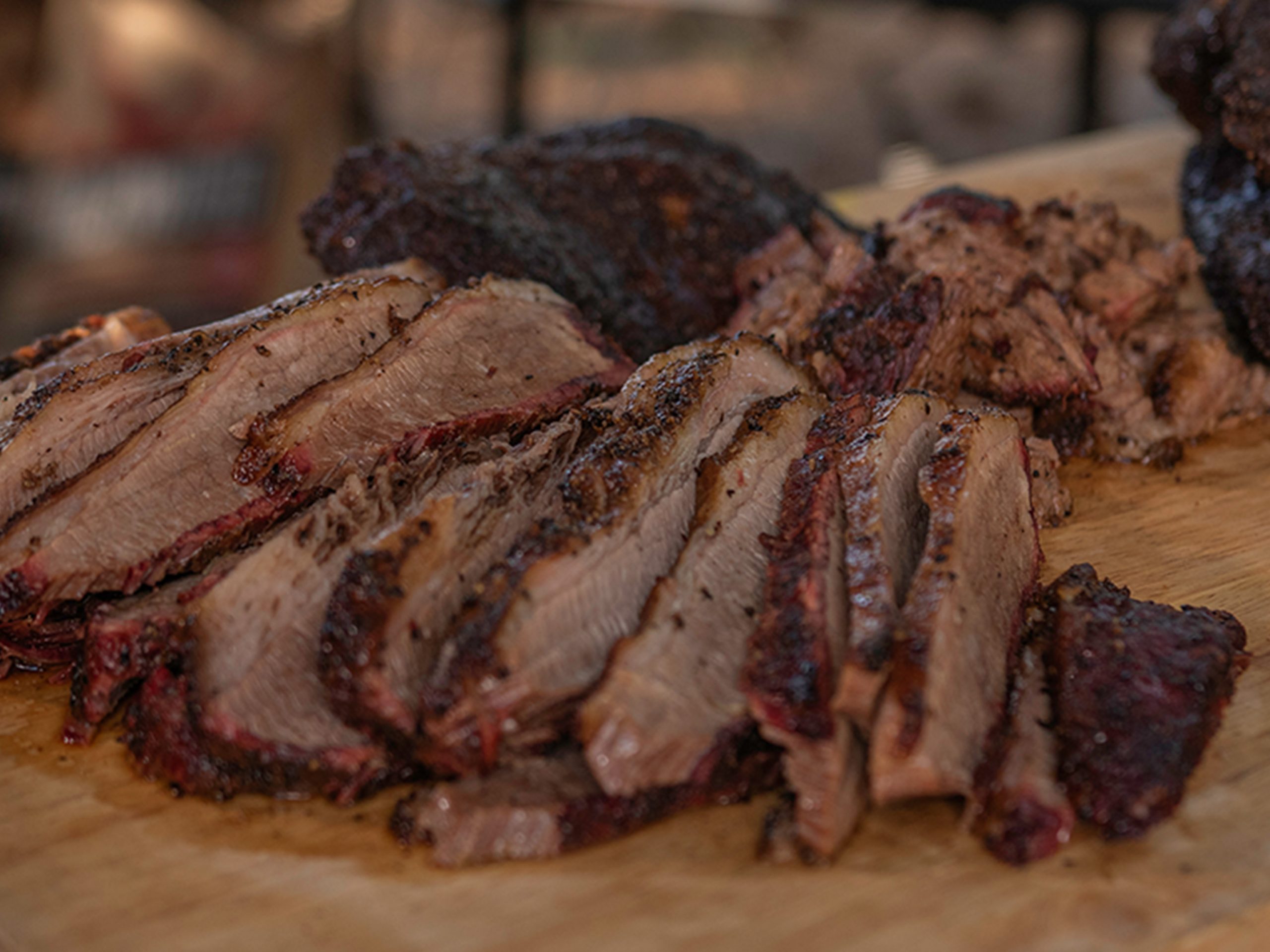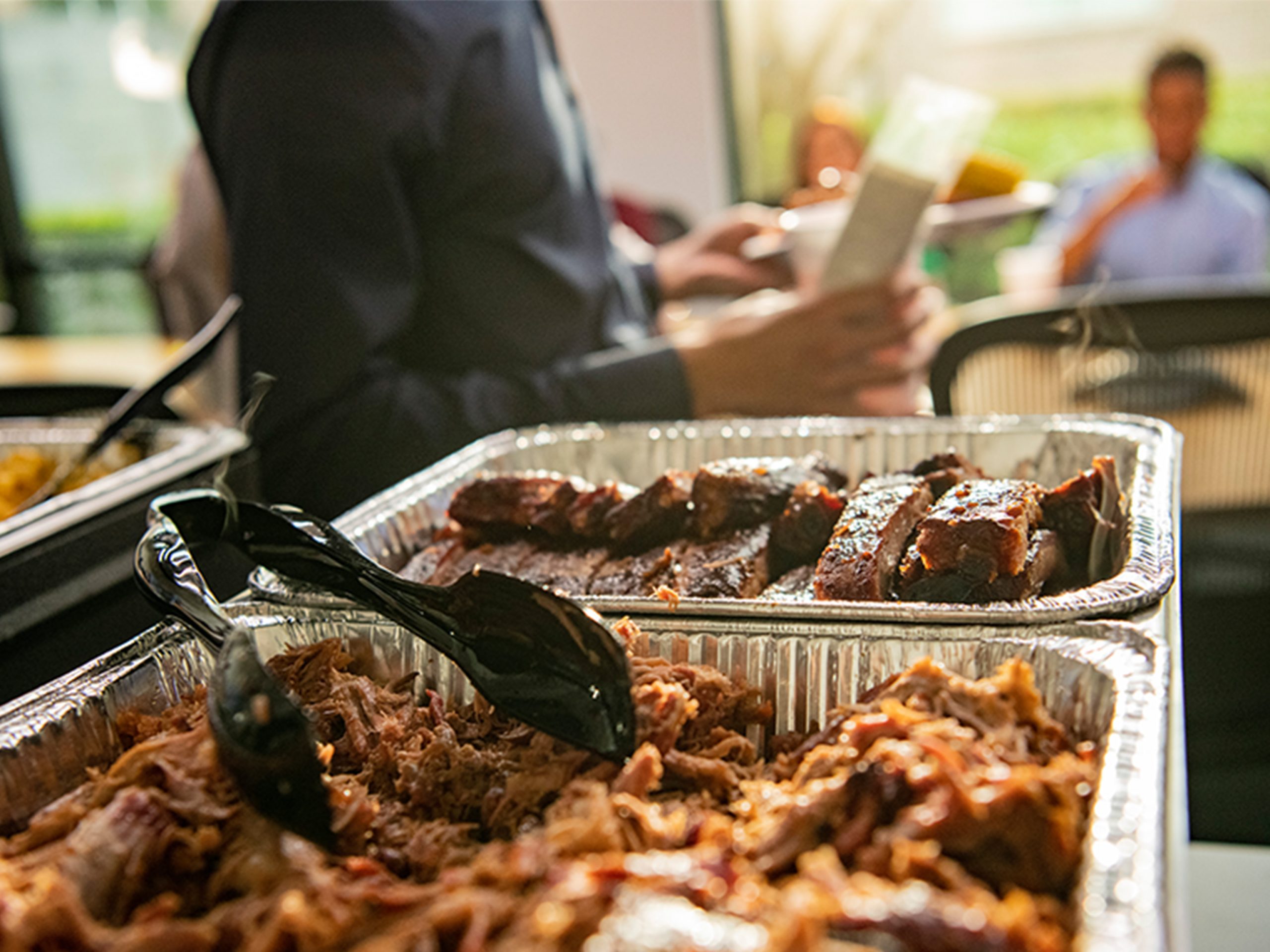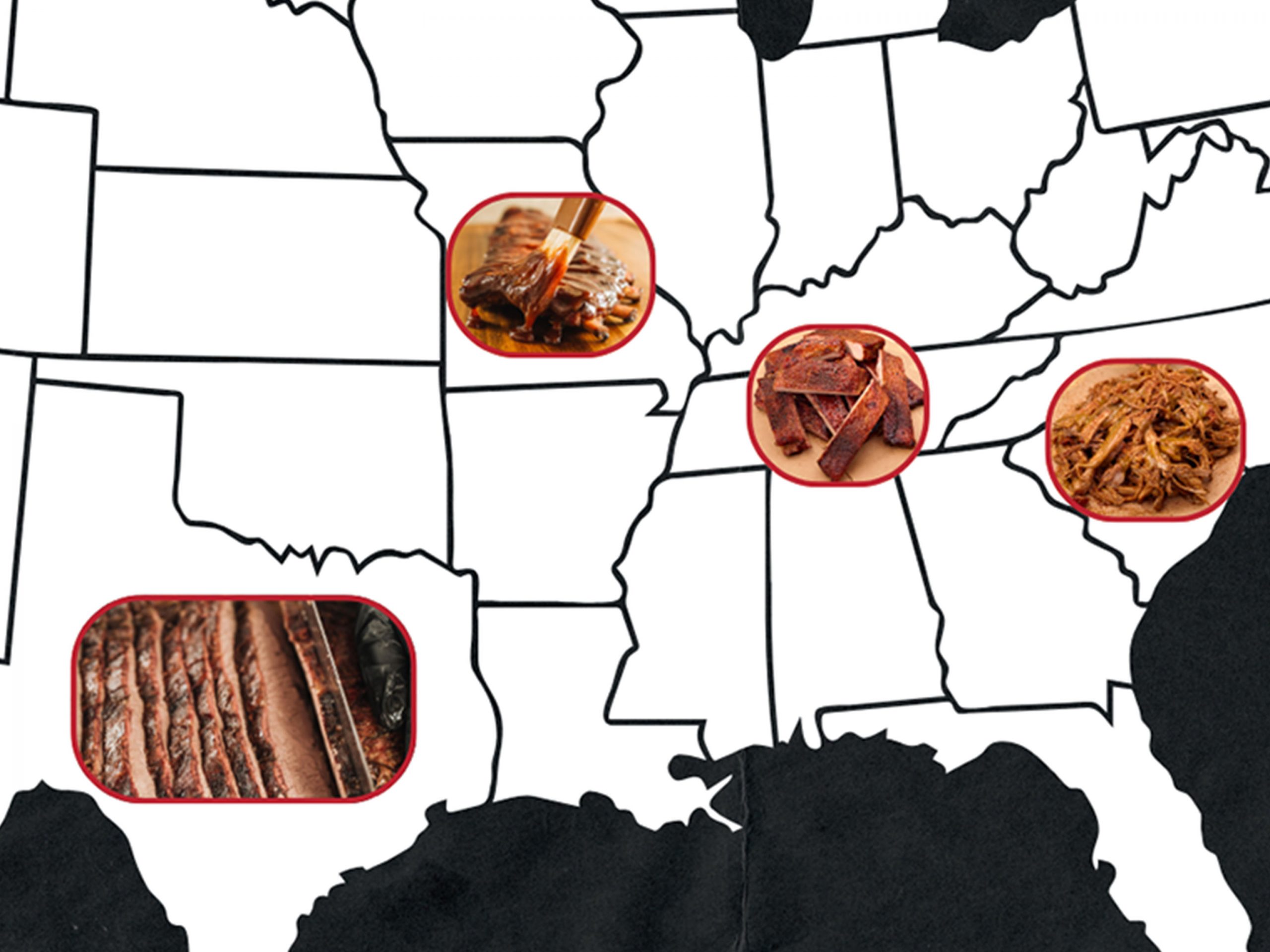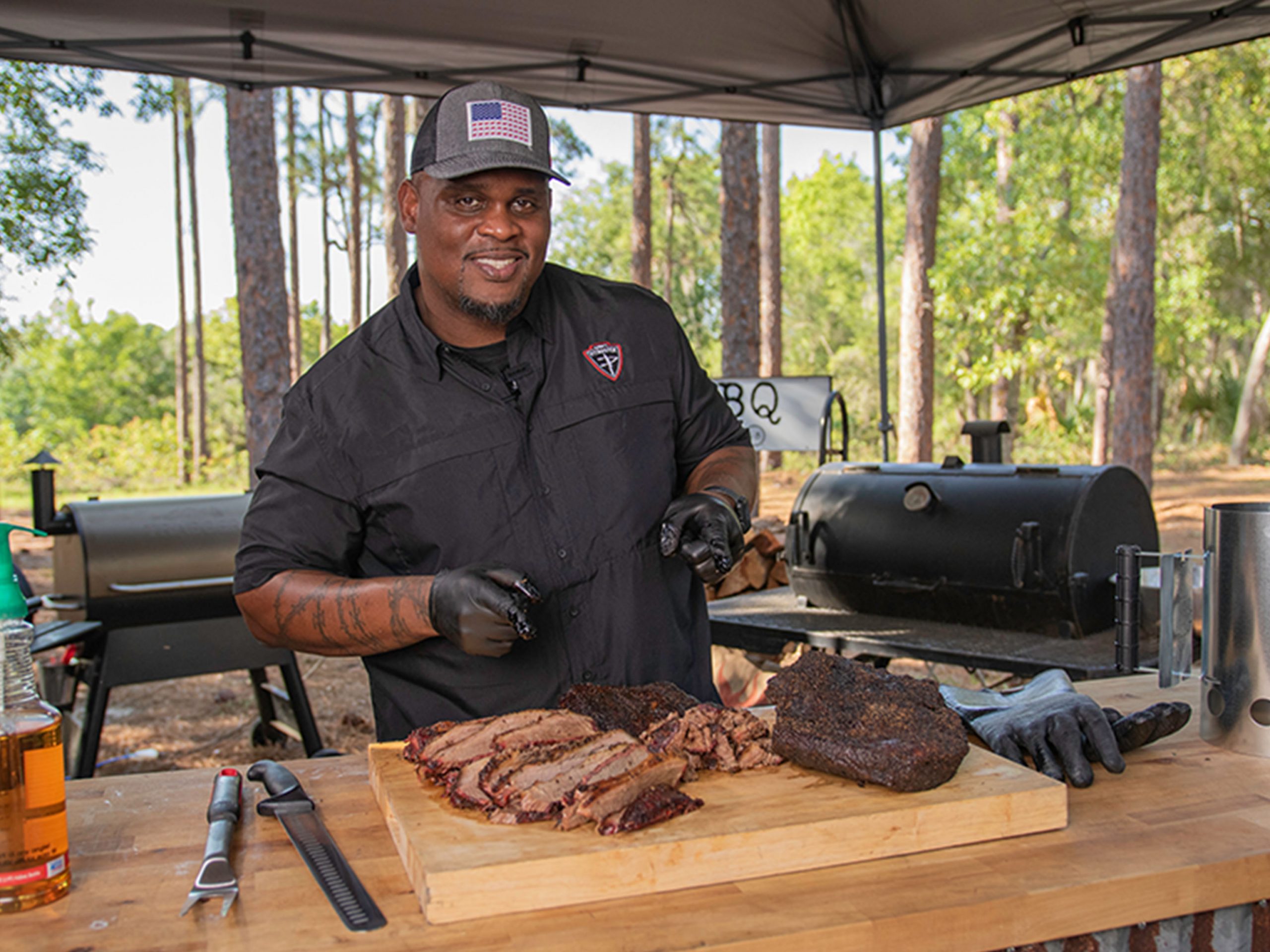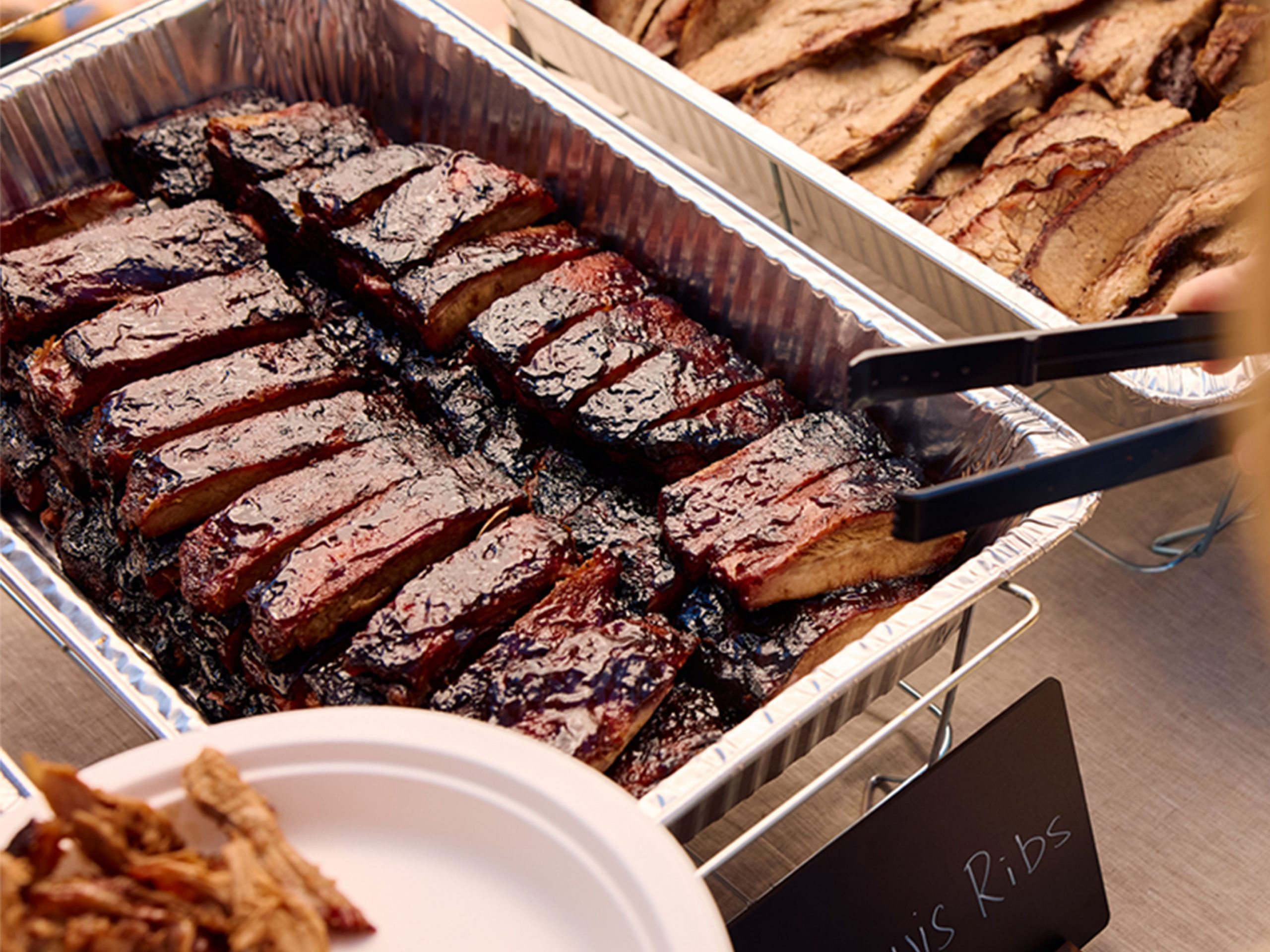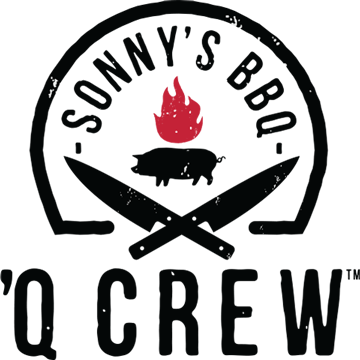The Art of BBQ
The Sonny’s Way of Smokin’ and Servin’ Southern BBQ
The Art of BBQ
The Proof Is On the Plate
There are many different BBQ styles and techniques, and while we appreciate ’em all, we have a certain way of doing things that’s given our BBQ its signature flavor since 1968. We call it The Art of BBQ.
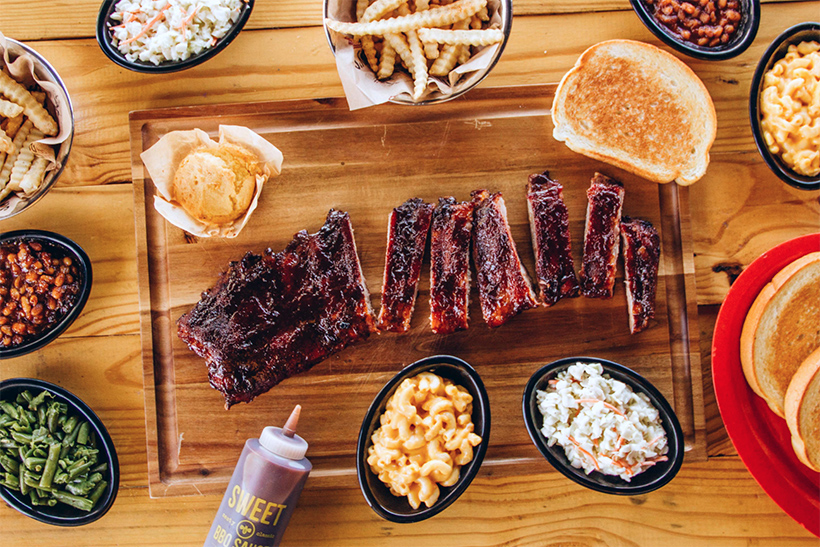
The Pitmaster
Founded by a Pitmaster in ‘68.
Led by Pitmasters Today.
At the heart of every restaurant is a certified Sonny’s Pitmaster® who’s constantly perfecting their craft.
Pitmaster Profiles

The Meat
Meat Matters
BBQ begins and ends with meat. So selecting the right cuts is key. As is knowing how to smoke 'em. Here are a few tips for some of our top meats.
From the Smoker

The Wood
Oak-Fueled Smoke. Flavor-Filled BBQ.
BBQ We smoke with oak because it's a hard wood that burns slow and gives our BBQ that famous smokey flavor you love.
The Smoker
Always Loaded, Always Fresh
At the heart of every Sonny’s is a smoker, fully loaded with meat and oak so the BBQ’s always fresh when you get here.
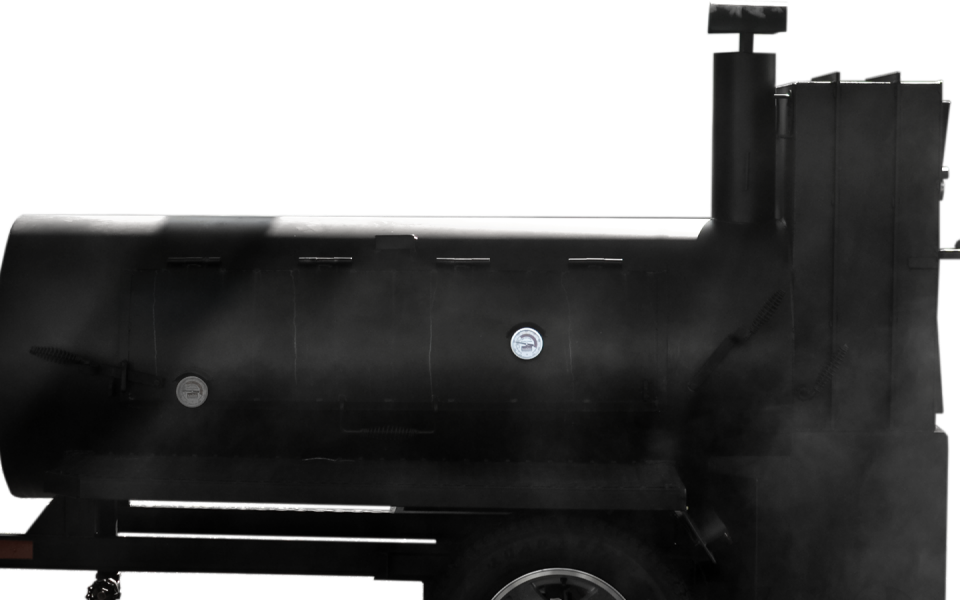
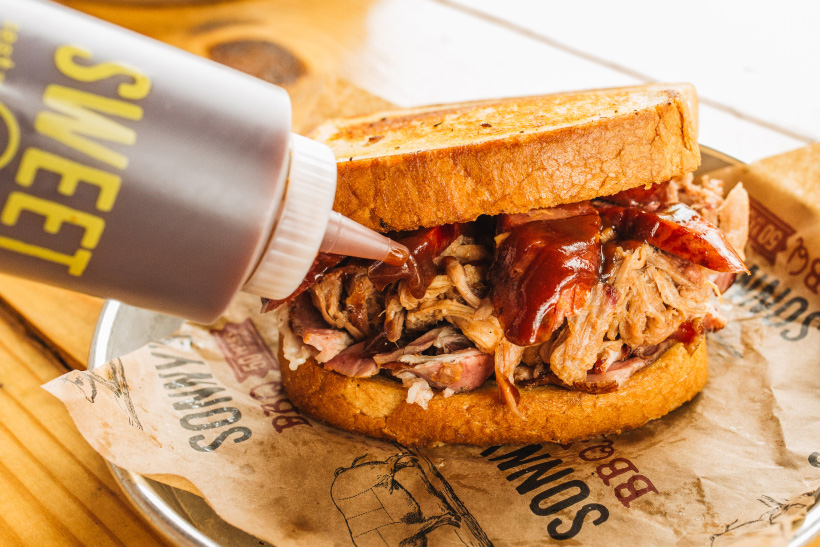
The Sauce
The Final Touch to Perfect BBQ
There are many different BBQ styles and techniques, and while we appreciate ’em all, we have a certain way of doing things that’s given our BBQ its signature flavor since 1968. We call it The Art of BBQ.

